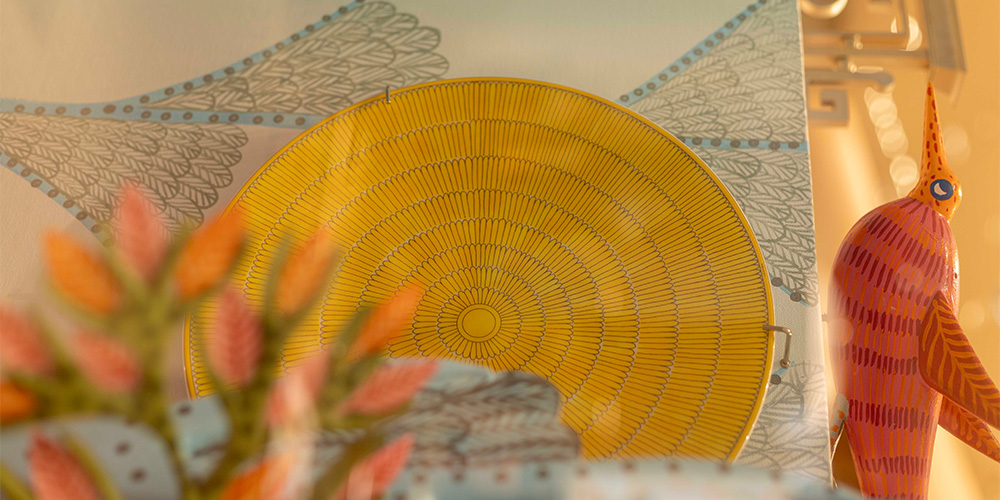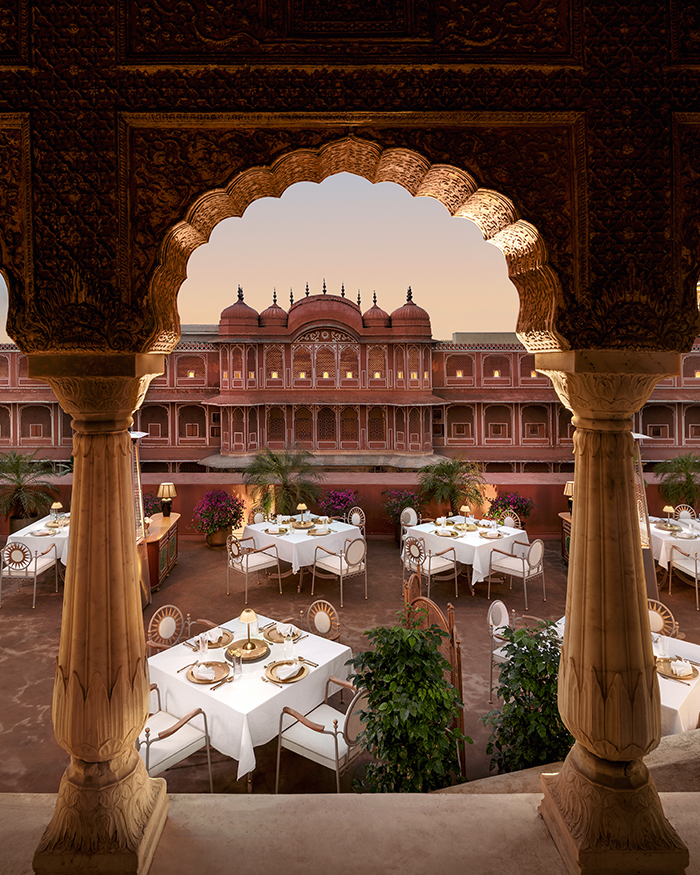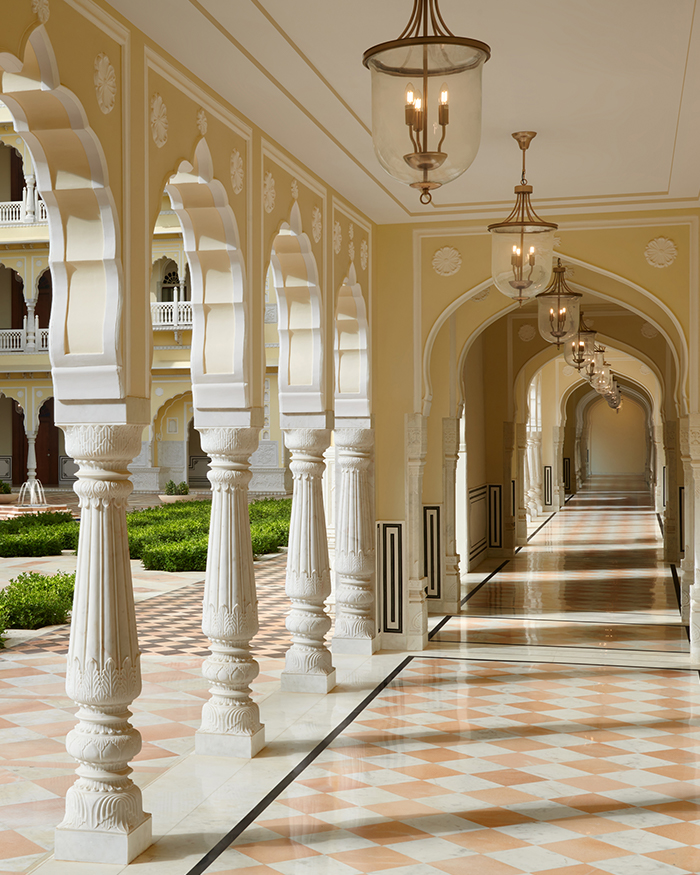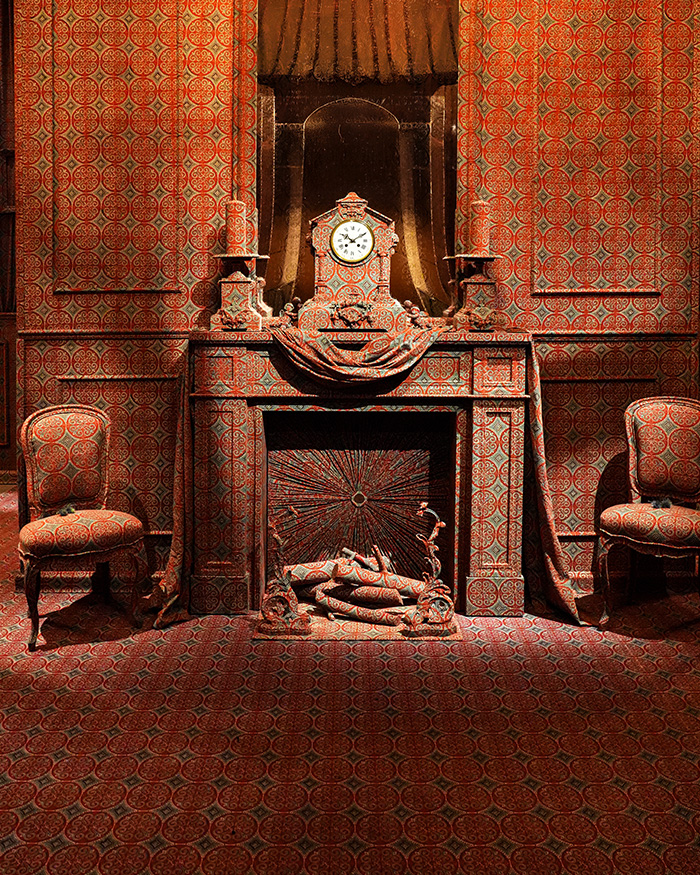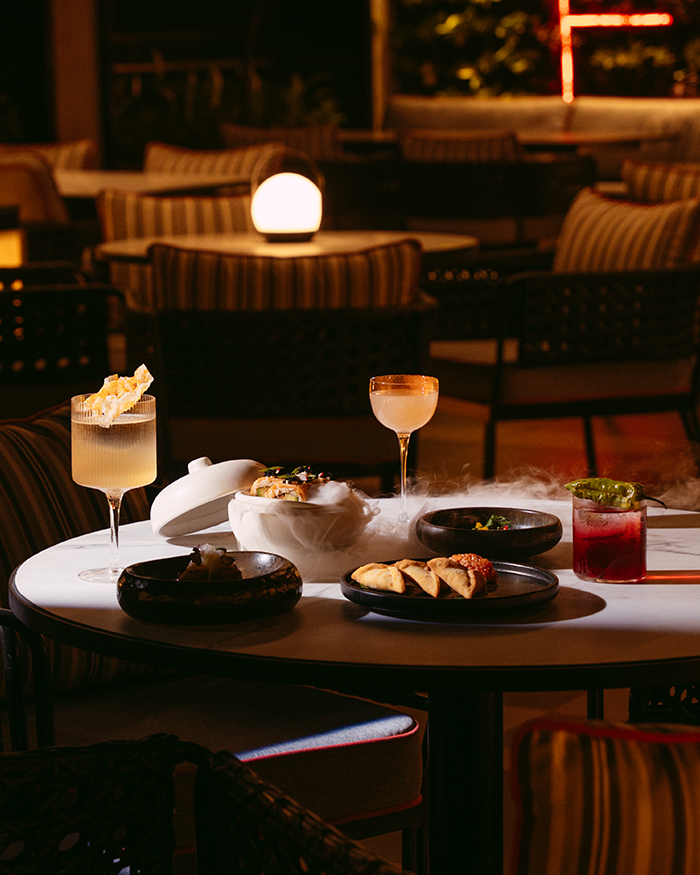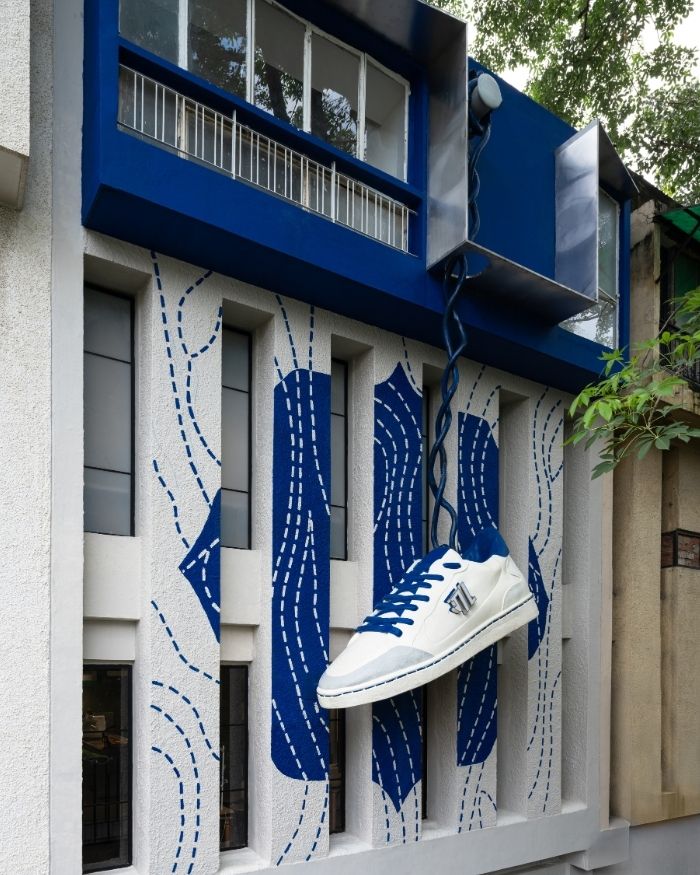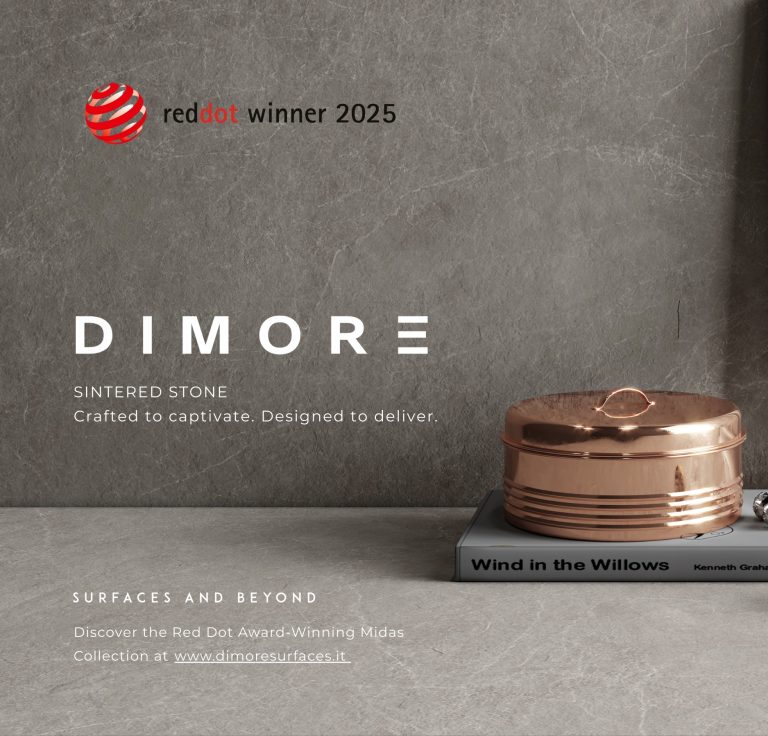There’s a reality we live. And then there’s a reality we imagine. Boundless, candid, serendipitous and sometimes, beyond reasoning. Interestingly, the idea of luxury resides in both these worlds; as a concept and an experience. When the French luxury maison Hermès opened its second new store in BKC, Mumbai this year, an air of indulgence, far from the ways of intellect persisted. The emblematic Hermès window display at the heart of it, straddling artistry and fantasy envisioned by Aradhana Seth, production designer and filmmaker.
The theme? 24 Faubourg Saint-Honoré — precisely the address of the legacy Hermès store in Paris opened in 1880 by founder Thierry Hermès’ son Charles-Emile — gave way to the window display dubbed Faubourg in an Enchanted Forest. Interspersed with the beauty of Gond art from Madhya Pradesh, the window rekindles motifs of wildlife, flora and fauna onto the objects perched on the front.


A new French palette
“Every tree and creature whispers tales of magic and the abstract forms merge into geometric forms. Through my interpretation of an Hermès window, I wanted it to become a portal that captures the imagination of passers-by. A world that is familiar and yet unfamiliar,” says Aradhana, who devised the window alongside The Production Terminus.
As someone who juggles between the spaces of still design and moving image, Aradhana likes to see everything in 3D instead of 2D. Standing fervently against the striking-warm hues of the store’s interiors in Jio World Plaza, BKC, designed by Paris-based firm RDAI, the window is an intriguing junction between the traditional nuances of the Gond art form and the extravagant delicacy of the French brand. “I felt that a jugalbandi between the handmade in Paris and hand-drawn floors and walls would work beautifully. The earth, festivities, animal kingdom, patterns that a cow makes when a field is ploughed, seeds being sown or roof thatch patterns. These inevitably become abstract art from life,” explains Aradhana.
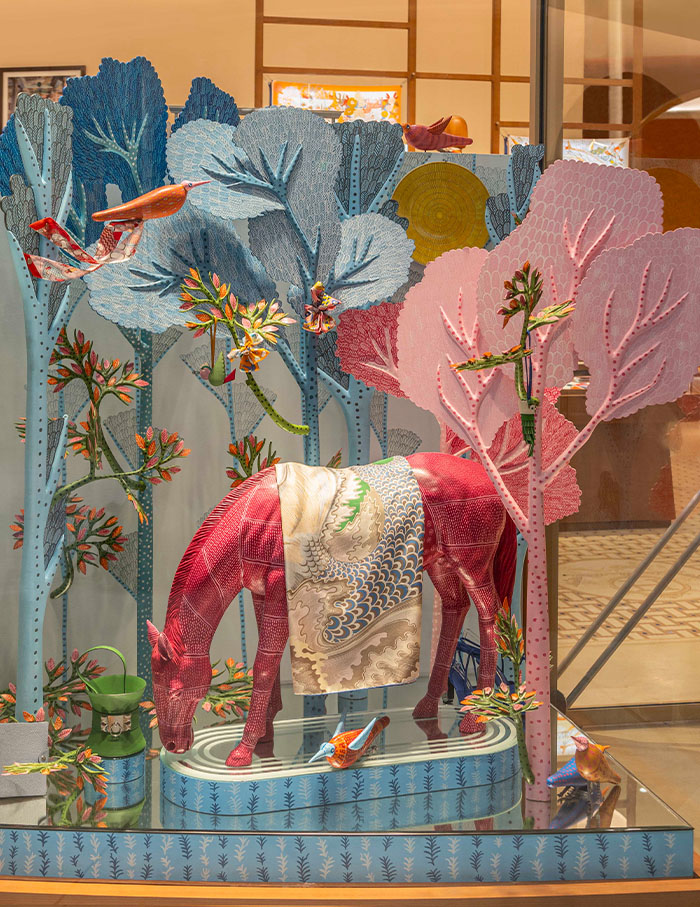
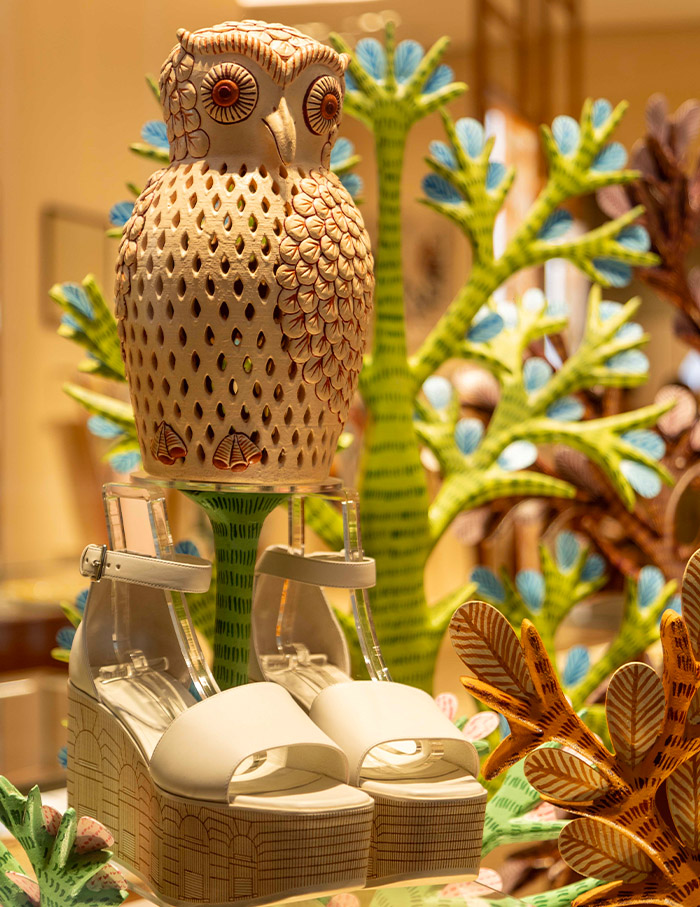
Back in Madhya Pradesh, “The artists were surprised by the idea of the form being sculptural rather than flat on a wall, paper or cloth. Everyone got into a new way of seeing,” Aradhana talks about the making of window display at the Hermès Mumbai store.
Outstanding colour references always lace the silk and leather objects and fashion accessories at Hermès. With Silk itself laying out as many as 75,000 shades for the designers to work with, Aradhana reveals, “Taking from their palette, I wanted to introduce shades of a colour and sometimes an absence of them to create depth.”
Fauna, flora and flamboyance
Carved as a cinematic pursuit, albeit stationary, the window displays began as early as the 1960s. Which Leila Menchari helmed through the 70s wrapped in her true, flamboyant ways of creativity until 2013 ensuring every year is a new theme that celebrates the dynamic theatrics of the Hermès’ life.
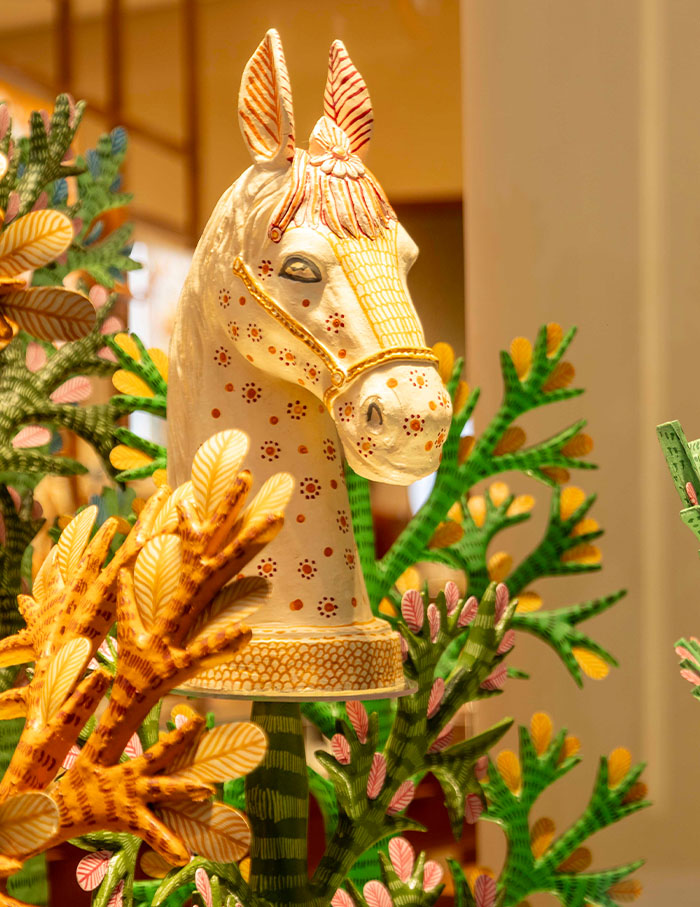
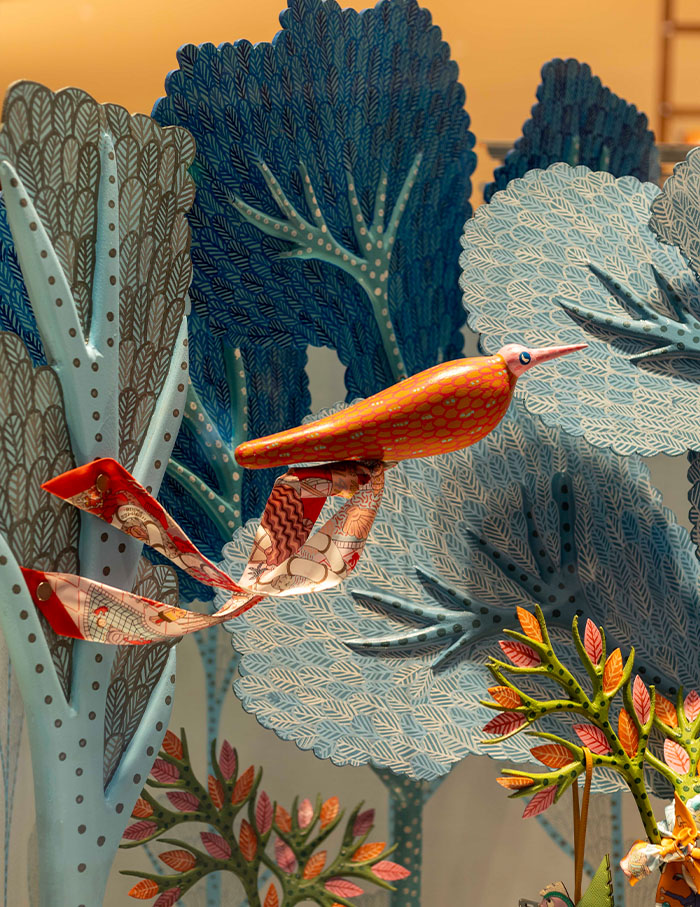
Aradhana has often stopped to look at Hermès stores on her travels, “As it gives you an insight into the country through its beauty and symbolism.” She adds, “I was introduced to Leila (which incidentally is my mother’s name) Menchari’s work and my imagination wandered and different ways of seeing unfolded….”
The window with the horse bending down in guttapusalu or grape purple to drink water from the Chaine d’ancre motif is an imagined space. Trees are tinged in shades of pink and blue. And the scarf on the horse harmonises with the painted patterns in the window, similar to those in Gond drawings. Then there’s a horse standing with an Hermès bag next to it, inspired by a horse feeder. A notebook and shoes are also things the rider could be using.
Technical theatrics
With a conviction that Faubourg is simultaneously leaping past, present and future, the mirrored floor became quintessential to the window setting in the new BKC store. The mirrors needed to be cut to precision for each tree to stand on an unseen metal rod with a pipe in its trunk. No attachment. No nails. No hooks and rods could be noticeable.
The podium in shades of creams and greens tucks in two horse heads and an owl watching over the store through the forest, while other forest creatures play on the reflective floor. “It was important that each animal would look like they are roaming free. That everything is floating, and the passer-by is drawn into an artisanal, fictitious forest created by hand,” divulges the filmmaker.
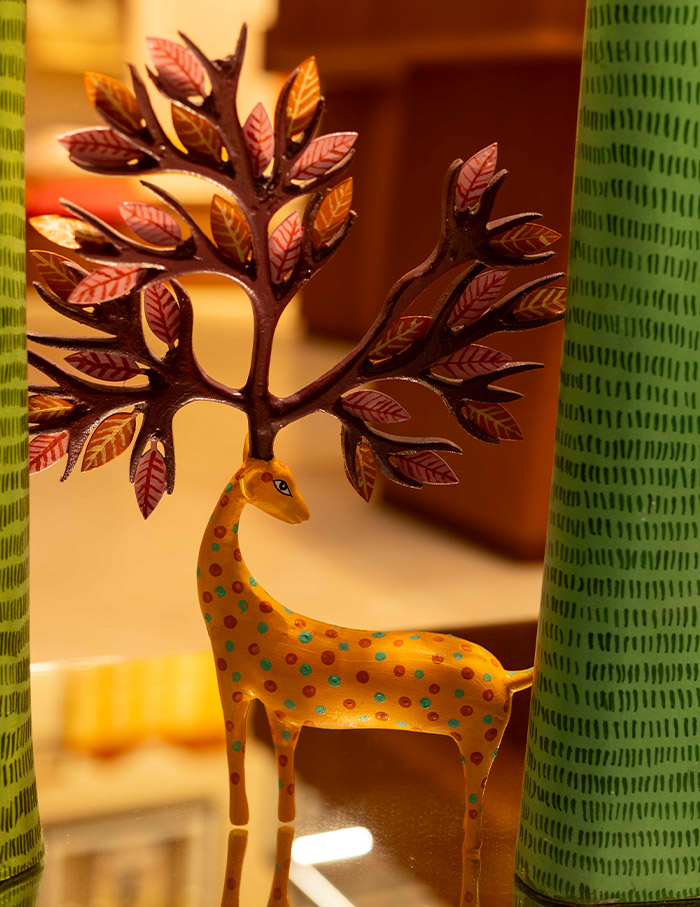
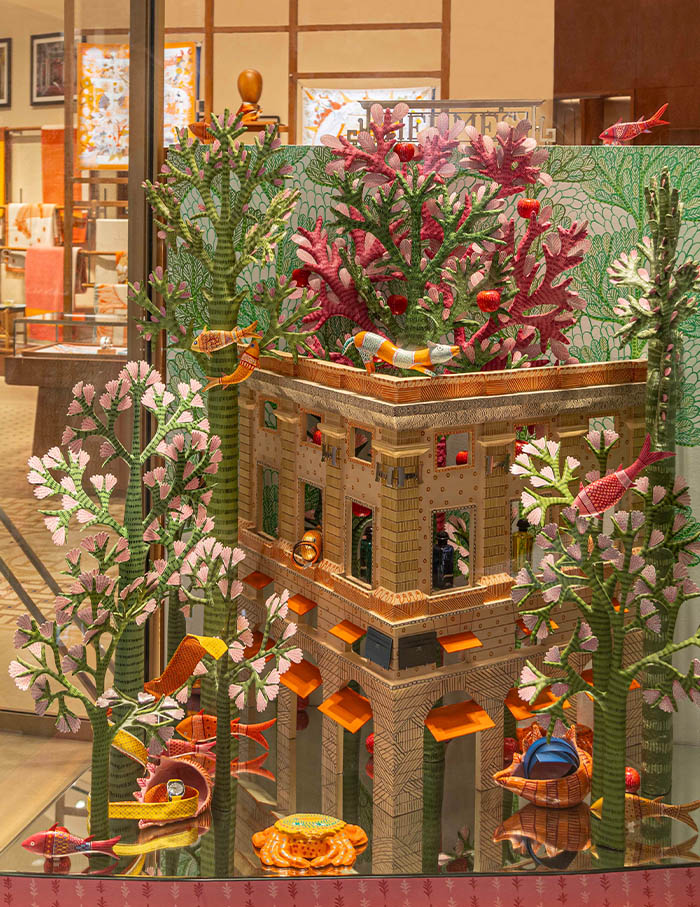
Hermès’ Faubourg store hosts an apple tree on its roof. “I wanted to introduce this idea in the window display with the building model. The apple tree fused with sea creatures and fallen apples,” says Aradhana, who passionately sought to create the magic of the brush and the hands, a result of instincts and inspirations, scale and colours in the Hermès’ Mumbai store. She sums it up with a resounding verse from poet Kabir, “Maccha sikari rame jungle mein singh samudrahe jhoolat (He writes about the fisherman looking for fish in the jungle while the lion is hanging out at the sea).”
Loved the Hermès Mumbai store? Now read: Amadeo by Oberoi, the first restaurant inside Nita Mukesh Ambani Cultural Centre is a wok of global cuisines


